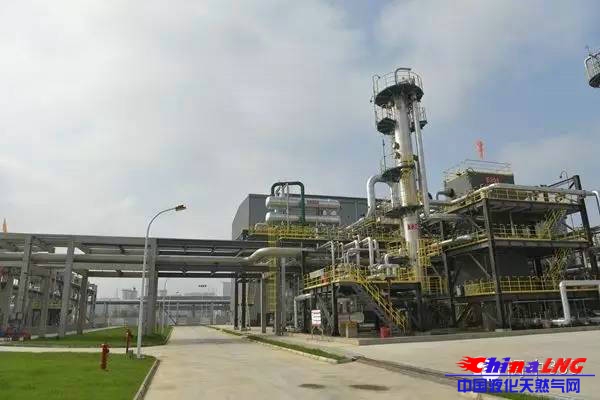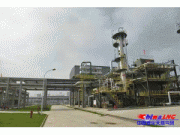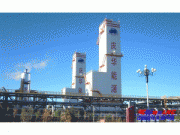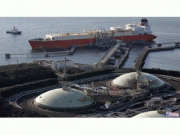免职声明:本网站为公益性网站,部分信息来自网络,如果涉及贵网站的知识产权,请及时反馈,我们承诺第一时间删除!
This website is a public welfare website, part of the information from the Internet, if it involves the intellectual property rights of your website, please timely feedback, we promise to delete the first time.
电话Tel: 19550540085: QQ号: 929496072 or 邮箱Email: Lng@vip.qq.com
摘要:It's as much the end markets as it is the pace of growthAfter several years of faltering growth recent data suggest LNG demand isonce again showing healthy improvement rising 11% y-o-y in Q3'16. Whilst inpart unsurprising given the 'pu..
|
It's as much the end markets as it is the pace of growth After several years of faltering growth recent data suggest LNG demand isonce again showing healthy improvement rising 11% y-o-y in Q3'16. Whilst inpart unsurprising given the 'push' from increased supply, encouraging from ourperspective is evidence of building momentum in key growth markets not leastChina, India and the Middle East and with it a marked widening of the regional'spot' price differential since its collapse of late spring. For Euro gas, LNGsupply absorption in alternative end-markets suggests more limited importsacross the winter heating season in an already inventory-laden system. Helpfulat the margin for Statoil (Sell Nk115) in Euro gas and Shell (Buy 2220p) in LNG. Demand: Now running an annualized 7% ahead globally as Asia rebounds。 After several lackluster years, LNG demand growth is accelerating. Facilitatedby increased supply and the oil-driven collapse in gas prices, latest data shows12-month global demand growth some 7% ahead and that for Q3’16 up animpressive 11%. Key to the uplift has been rapid acceleration in China (+32%YTD), India (+36%) and the M.East (+94%) offset by declines in LatAm andstatic YTD demand from Asia’s all-important JKT markets. Importantly,demand strength in alternative geographies has also helped limit the ‘placing’of LNG into ‘last resort’ European markets, LNG imports rising by little over 2%YTD. Against a seemingly robust European demand backcloth for gas this,together with faltering indigenous supply (Holland) and notable inventory buildhas allowed both Russia and Norway to grow YTD European volume. Supply: The build out in new capacity has required less of Europe than forecast No doubt growth in supply has helped facilitate the apparent demand uplift.We estimate that new and ramping capacity has added towards 14mt ofincremental supply YTD (8% global market), offset to some extent by c3mt netof outages most notably in Yemen and Nigeria. Given its interest in QC-LNG,Gorgon and Sabine Pass T1 Shell looks to have accounted for towards 40% ofthe new volumes supplied to market YTD Prices: As oil recovers so too does spot LNG. Basin differentials are widening Given oil price recovery and LNG price linkage, Asian spot prices havecontinued to recover in recent weeks. At $6.2/mmbtu they currently standsome 60% above their April low ($3.90/mmbtu). Moreover, with Asian demandgrowth strengthening we find that, after collapsing through the middle of theyear the differential between Asian and European pricing is expanding, againindicative in our view of the improving Pacific Basin demand trend. Overall, the 2020 supply build stays ugly but a reminder to a bearish consensus In truth 2016 and 2017 have never been seen as the years when the globalLNG supply-burgeon was expected to ‘crater’ spot prices and threatencapacity shut-ins. With this in mind supportive near term demand trendsshould perhaps be taken with a pinch of salt. Nevertheless, in a market inwhich the overwhelming consensus is for substantial medium termdisequilibrium, signs that both demand and spot prices are rising moreaggressively than anticipated do serve as a reminder that end market demandcan eat more rapidly than thought into market excess. For the main producers,not least Shell and Total (Buy ?49), a reminder, if nothing else, of both thestructural growth that LNG markets offer and that there are upside risks to theunderstandably bearish consensus for supply-induced medium term misery. |
















